 by Elizabeth A. Tomlin
by Elizabeth A. Tomlin
This year Halloween surprised Laurie and Melvin Lampkin III with what turned out to be a trick and a treat all in one, when one of their Holsteins presented them with triplets — three adorable calves.
Laurie, who is primarily the caretaker of the calves at Lampkin’s Dairy Farm, was the first one to discover them. “She had them all on her own,” Laurie said. “I just went in and found them all together.”
Although Laurie realized it was an extremely unusual event, she couldn’t convince her husband of that fact until he heard it for himself from the farm veterinarian. “I didn’t know it was rare until the veterinarian said how lucky we were.”
Actually, according to statistics, chances are only one in about 105,000 for bovine to have triplets — although twins are a fairly common occurrence. And, what’s more, surviving those odds is a singular event. Recent research reports that there is about a 60 percent chance of triplets conceived in cattle, surviving until delivery, with very few of those surviving after the birth.
Since Lampkin’s calves were born on Halloween, Laurie said she thought she would name them in accordance with the day. “I named the bull calf ‘Boo’ and the girls I call ‘Candy’ and ‘Pumpkin’.”
The triplets are especially a hit with Lampkin’s grandchildren, 6-year-old Robby and 14-month-old Thaddeus, who have spent quite a bit of time making friends with the calves.
Laurie says the calves will not likely be able to be used for breeding due to the ‘freemartin’ condition commonly found in calves that are born as twins or triplets.
Research shows that approximately 92 percent of calves born under those conditions will be sterile, as the H-Y antigen (molecules recognized by the immune system) may negatively affect the reproductive system and chromosomes in the animal. However, veterinary diagnostic testing can show if the calf is one of the few that have not been affected and is able to reproduce normally. It is noted that blood tests may be taken from a calf as early as two weeks old, confirming the presence of the freemartin condition.
“We are a small family farm with no hired hands,” reports Laurie. Sons, Jason and Jesse work the farm with their parents, while daughter Amy lives nearby with her family.
Laurie says that Melvin Lampkin Sr. purchased the farm in 1952 and Melvin Jr. took it over from him, passing it down to his son and grandsons. “We’ve been working together as three generations up until recently.”
Melvin Jr. passed on this past October, leaving two generations to carry on.
“We currently own 360 acres and rent additional 200 or so. We only grow hay and corn and every bit of it goes to feed the herd.”
Lampkin’s herd consists of about 100 head milking and another 100 or so in dry cows, heifers and calves.
“We still milk out of a stanchion barn and it’s a lot of work!” Laurie attests.
Lampkins had raised a Lineback bull and used him in their breeding program resulting in some stock with remarkable coat patterns. Although Linebacks are not a common breed, they are crossbred to other dairy cattle and are found in small numbers throughout North America. It is reported that they are good milkers, with high production rates and high protein and fat components.
“I’d heard that the Linebacks had a good disposition and thought it would make a good cross with the Holsteins.”
Besides being recognized for their good nature, Linebacks are also known for their coloration trait being dominant in their offspring when crossed with other breeds. Dark outlining of the eyes, solid color of the ears, nose, and at least one foot, are characteristic of the calves.
“We get very attached to all of our calves,” Laurie admits. “It’s hard to part with them!”
It’s easy to see that the new triplets will be well cared for at Lampkin’s Dairy.

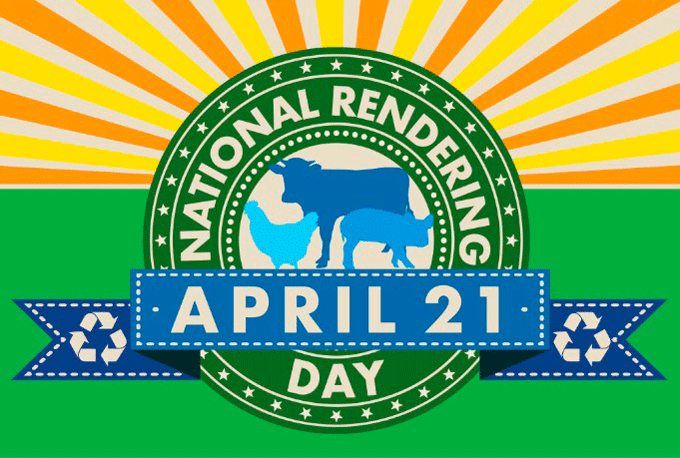
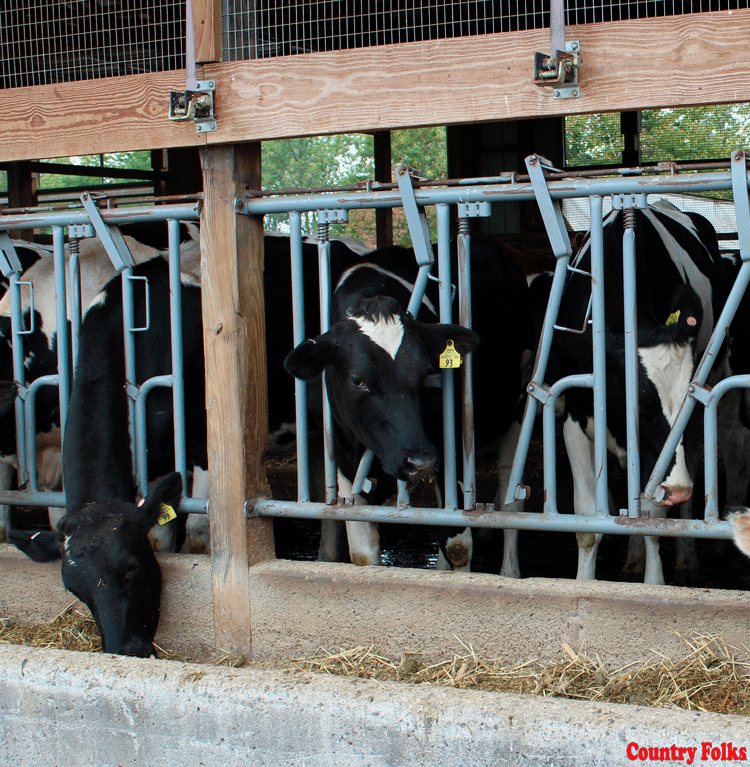
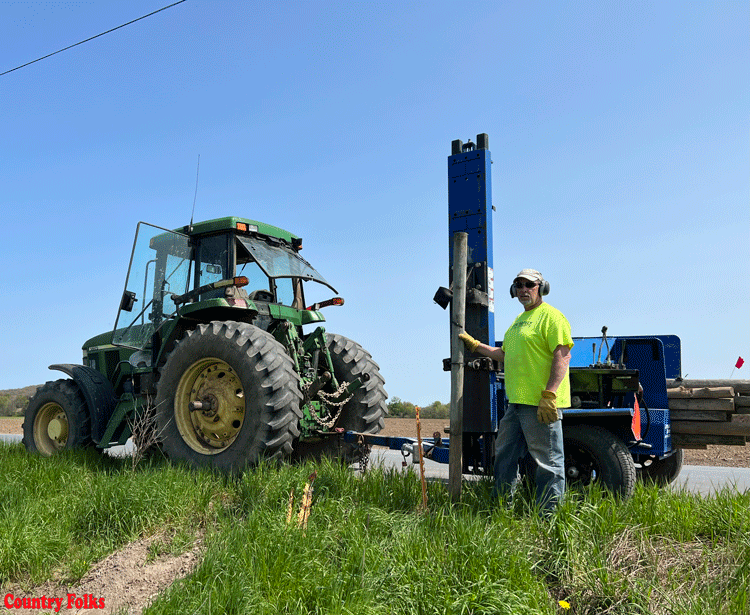
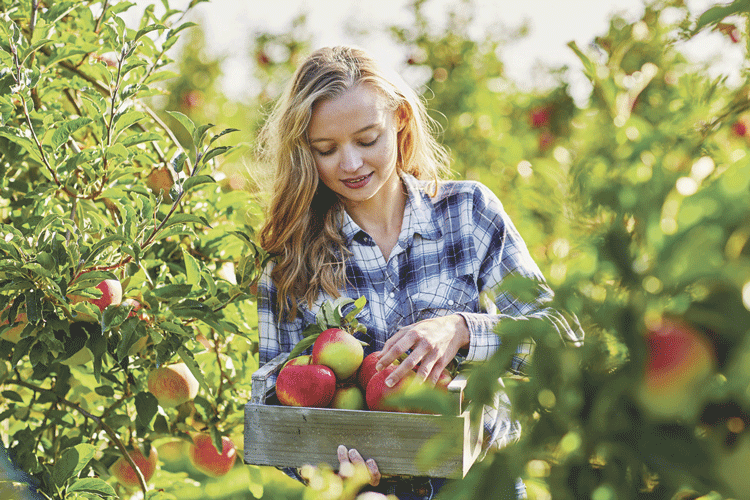
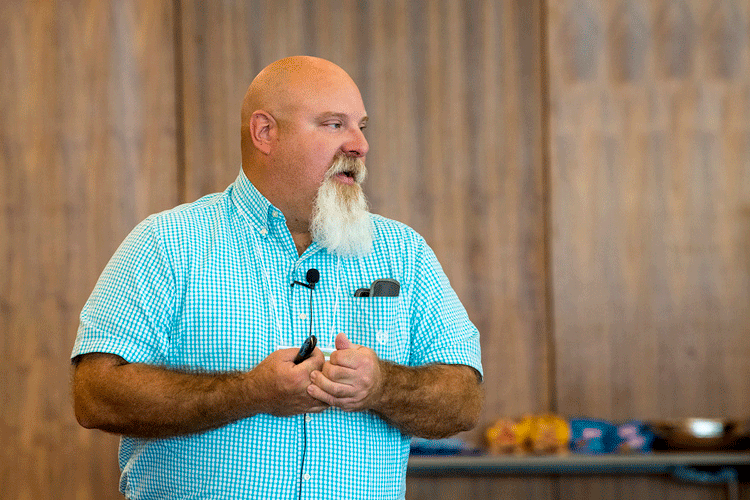
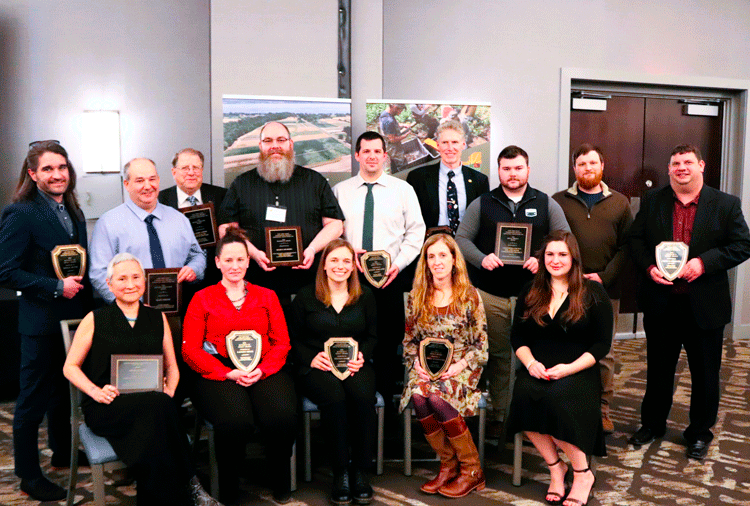

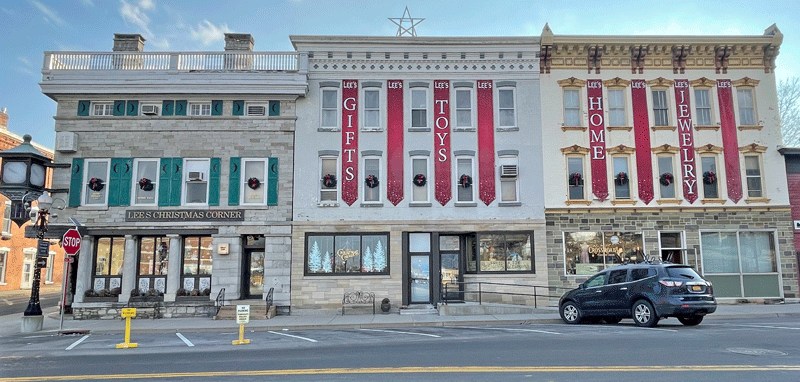

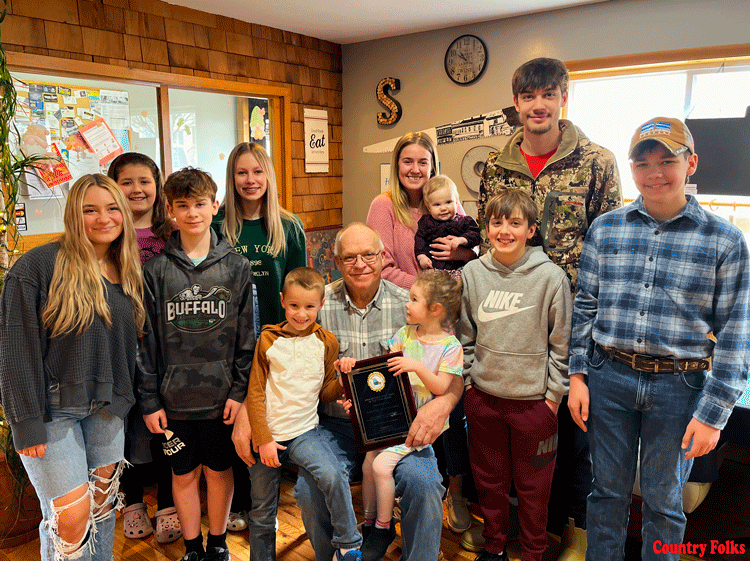

We had Triplets May 24, 2023. All Girls!!!!
Triple R Farm. Texville,Ny. 14877.
All doing well!!!
That’s amazing! If you have pictures, send them along to Managing Editor Courtney Llewellyn at cllewellyn@leepub.com. We’d love to share them.